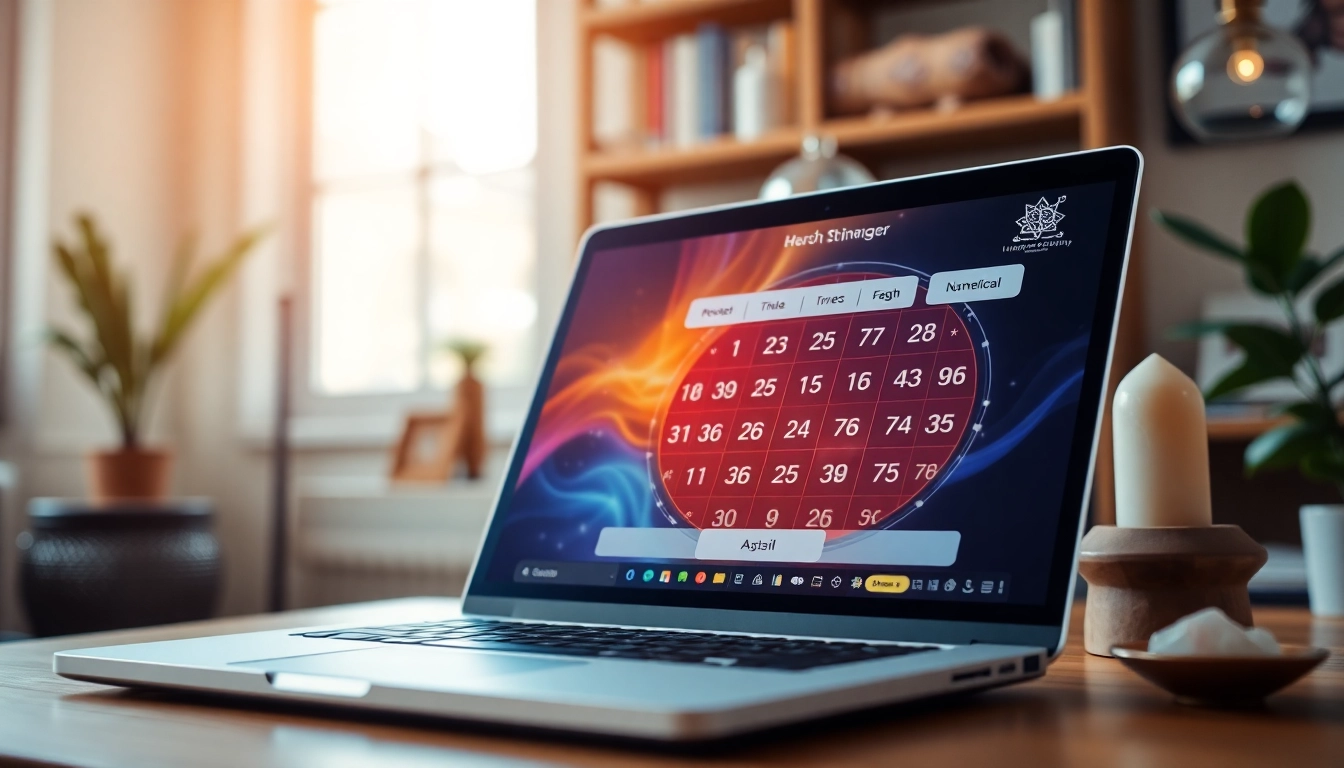Understanding the Importance of Communication in Relationships
Effective communication is the foundation of any successful relationship. It fosters understanding, nurtures intimacy, and enhances overall relationship satisfaction. Yet, despite its importance, many individuals struggle with expressing their thoughts and feelings to their partners. This guide delves into the complexities of communication in relationships, highlighting its vital role, barriers, and strategies for improvement.
What Does Communication Really Mean?
Communication in relationships transcends mere conversation—it involves a nuanced exchange of thoughts, feelings, and intentions. It can be verbal or nonverbal and is fundamental in articulating needs and desires. Moreover, it includes active listening, empathy, and a willingness to understand the partner’s perspective. Effective communication creates a safe environment where both partners feel valued and understood, leading to deeper emotional intimacy.
The Role of Communication in Relationship Satisfaction
Research highlights that communication is a critical component of relationship satisfaction. Couples who communicate openly often report higher levels of happiness and fulfillment. According to studies by renowned psychologist John Gottman, effective communication not only enhances intimacy but also serves as a preventative measure against conflicts. When couples engage in ongoing dialogues about their feelings and expectations, they create a foundation of trust and mutual understanding, essential for long-term success.
Common Communication Barriers and How to Overcome Them
Despite its significance, various barriers can hinder effective communication in relationships. These barriers often include:
- Lack of Active Listening: Failing to listen attentively can lead to misunderstandings and feelings of frustration.
- Assumptions and Misinterpretations: Making assumptions without verifying facts can escalate conflicts unnecessarily.
- Emotional Triggers: Past experiences can trigger emotional responses, leading to defensiveness and avoidance.
To overcome these barriers, partners should embrace techniques such as clarifying questions, reflective listening, and setting aside dedicated time for discussions without distractions. Recognizing and addressing these barriers can significantly enhance communication effectiveness.
Basic Communication Skills Everyone Should Know
Active Listening: The Foundation of Effective Communication
Active listening is not simply hearing what the other person says; it involves fully engaging with the speaker through verbal and nonverbal feedback. Techniques for active listening include:
- Summarizing: Repeat back what you heard to ensure understanding.
- Nonverbal Cues: Nodding and maintaining eye contact shows engagement.
- Empathetic Responses: Validate feelings and express understanding, which fosters deeper connections.
Using Nonverbal Cues to Enhance Conversations
Nonverbal communication, such as facial expressions, body language, and tone of voice, plays a crucial role in how messages are conveyed and interpreted. In fact, studies show that a significant portion of communication is nonverbal. Being aware of your own body language and interpreting your partner’s cues can offer critical insights into their feelings and intentions. For instance, crossing arms may indicate defensiveness, while leaning in may signify engagement and interest.
The Importance of Clarity and Honesty
Clarity and honesty are fundamental in effective communication. When partners express their thoughts and feelings transparently, it reduces the likelihood of misunderstandings. Using “I” statements instead of “you” statements can foster open dialogue. For example, saying “I feel hurt when…” rather than “You make me feel hurt…” places emphasis on personal feelings and fosters a more constructive conversation. Honesty builds trust, which is essential for a healthy relationship.
Advanced Techniques for Improved Relationship Communication
Constructive Conflict Resolution Strategies
Conflicts are natural in any relationship, but how partners manage these conflicts can significantly impact the relationship’s health. Effective strategies include:
- Staying Calm: Take a moment to breathe and collect your thoughts before addressing the issue.
- Focusing on the Issue: Discuss the specific behavior or situation rather than attacking the person.
- Seeking Win-Win Solutions: Collaborate to find solutions that satisfy both partners’ needs.
How to Maintain Emotional Intelligence in Discussions
Emotional intelligence (EI) is the ability to understand and manage your own emotions while acknowledging the emotional states of others. Maintaining EI during discussions can help prevent escalations and promote understanding. Techniques include recognizing your emotional triggers, practicing self-regulation, and cultivating empathy. Reflecting on your own emotions can help in articulating them more effectively during conversations.
Creative Ways to Keep the Dialogue Open
To maintain an open dialogue in relationships, consider adopting practices such as:
- Regular Check-ins: Set aside time each week to discuss feelings and experiences.
- Open-Ended Questions: Encourage deeper conversations by asking questions like “What was the best part of your day?”
- Shared Activities: Engage in activities that require teamwork, which can foster communication skills naturally.
Assessing Your Communication Style
Identifying Personal Communication Strengths and Weaknesses
Understanding your communication style is crucial for personal growth and relationship enhancement. Self-assessments can help in identifying strengths, such as active listening, and weaknesses, such as a tendency to interrupt. Tools like journaling or seeking feedback from trusted individuals can also illuminate areas for improvement.
How to Adapt Your Style for Different Situations
Flexibility in communication style is vital. Adapting your approach depending on the context—whether it’s a serious discussion, a casual chat, or a conflict resolution—can yield better outcomes. For instance, employing a more empathetic approach during sensitive conversations or being direct during time-sensitive discussions can enhance efficacy.
The Impact of Different Communication Styles on Relationships
Different communication styles can significantly influence relationship dynamics. For example:
- Assertive Communicators: They express their needs clearly and confidently, which can stimulate healthy dialogues.
- Aggressive Communicators: They might dominate discussions, which can create fear and resentment in their partner.
- Passive Communicators: They may avoid expressing their needs, leading to unresolved resentment.
Understanding these styles can help partners navigate their interactions more effectively and make necessary adjustments.
Practical Tips for Enhancing Communication in Your Relationship
Setting Aside Quality Time for Meaningful Conversations
In today’s busy world, carving out quality time for meaningful conversations can seem challenging. Nonetheless, it’s essential for nurturing relationships. Schedule regular date nights or weekend getaways where the primary focus is on connecting and conversing. During these times, minimize distractions such as phones or other electronics to foster deeper engagement.
Implementing Regular Check-Ins to Foster Openness
Regular check-ins can serve as an effective way to ensure open communication flows freely. These can be brief 10–15 minute conversations focused on how each partner is feeling about the relationship. It’s a dedicated space to address any concerns before they escalate into conflicts and to celebrate successes, further strengthening the partnership.
Resources and Tools for Couples Seeking Improvement
For couples looking to develop their communication skills, numerous resources are available, including:
- Books on relationship communication techniques.
- Workshops and seminars focusing on relational dynamics.
- Online courses specific to communication skills for couples.
- Therapy sessions to navigate challenging communication patterns with a professional.
By engaging with these resources, partners can continually refine their communication strategies, significantly bolstering their relationship satisfaction.



